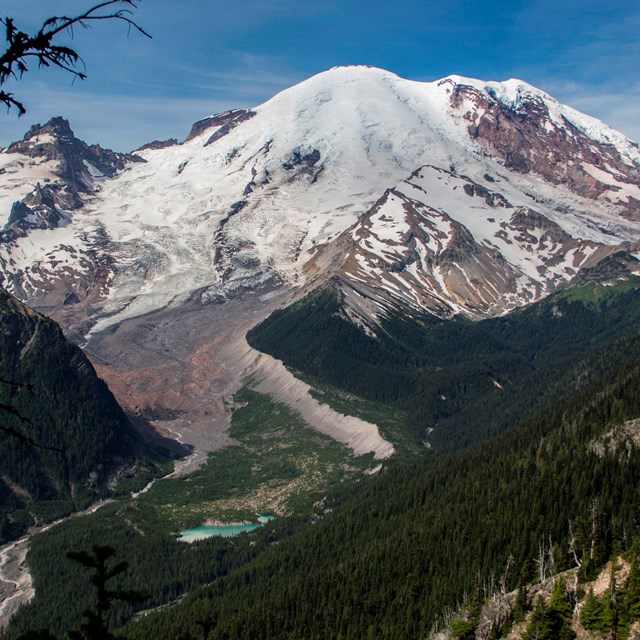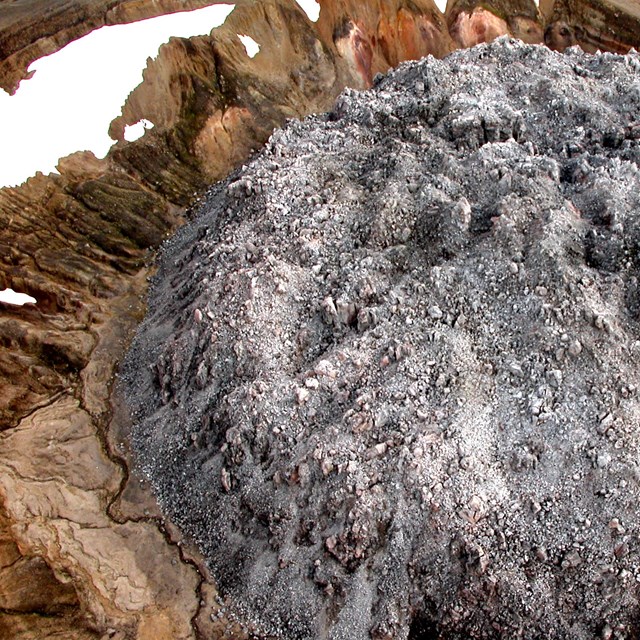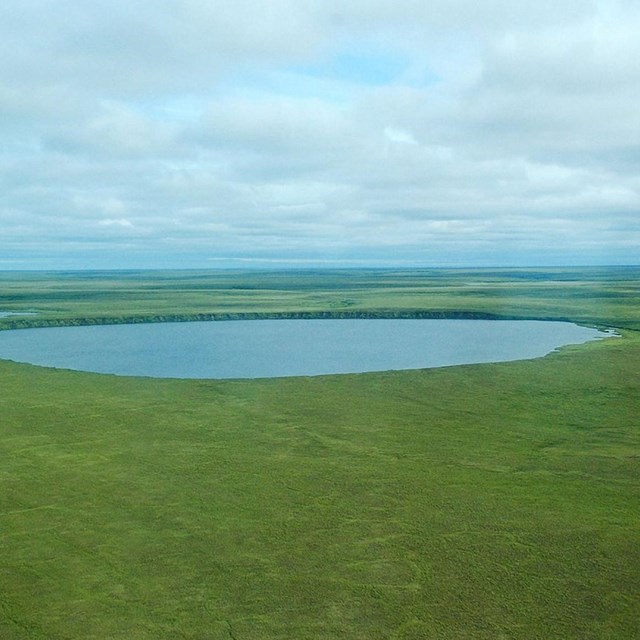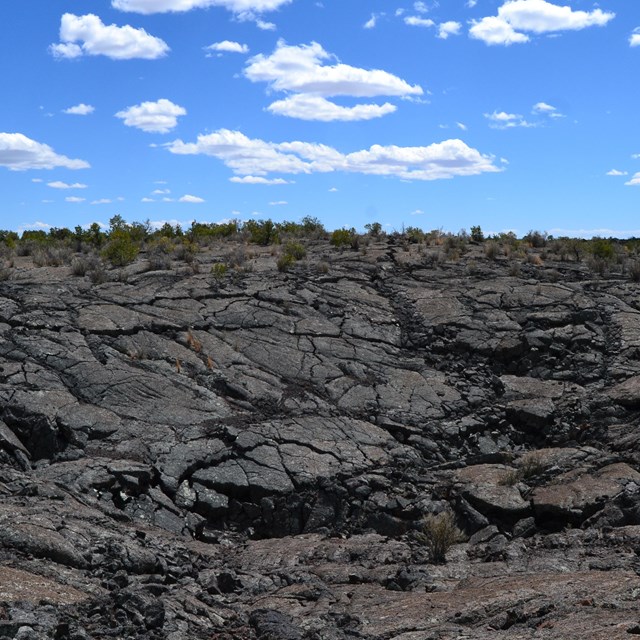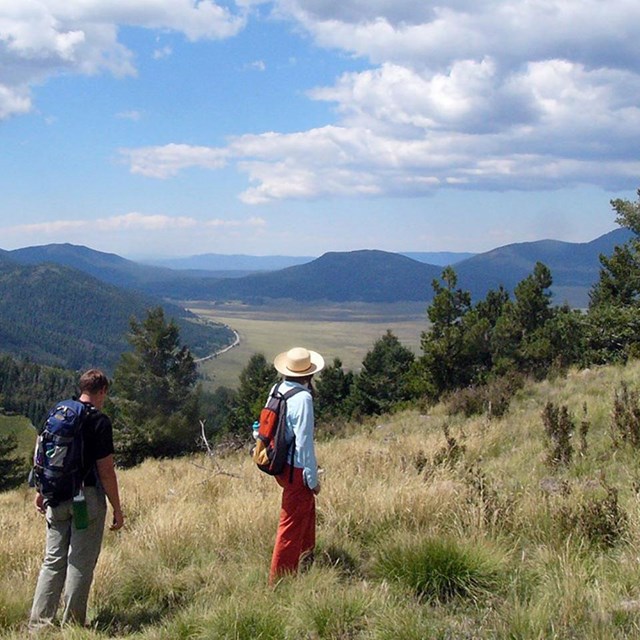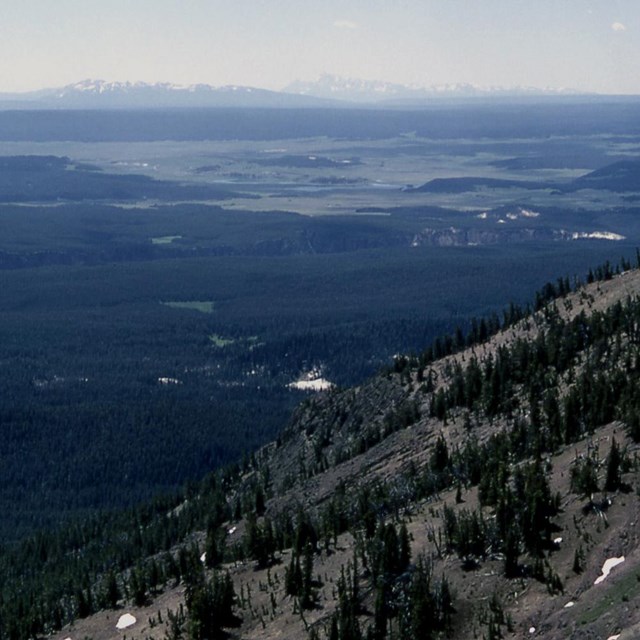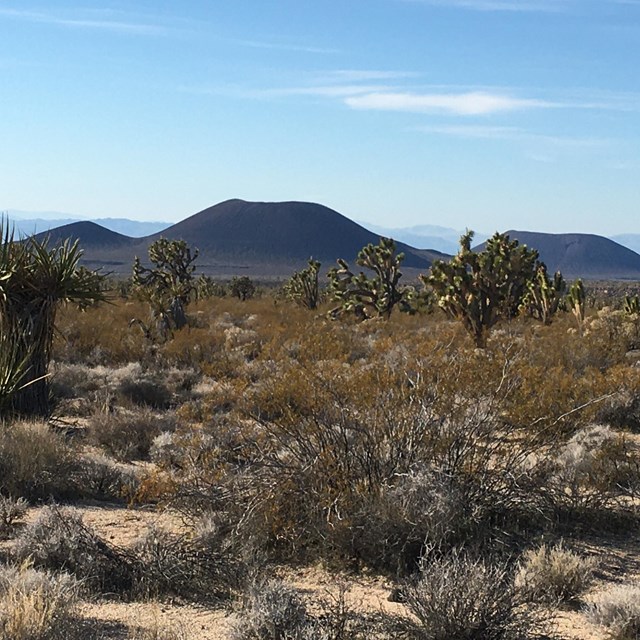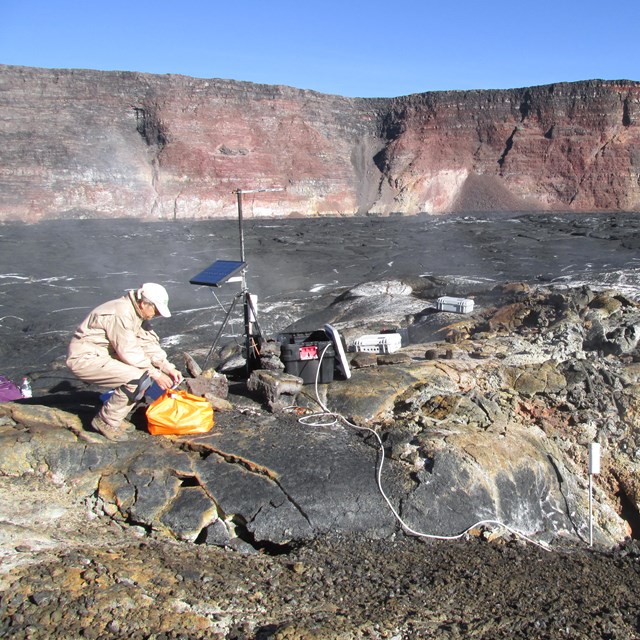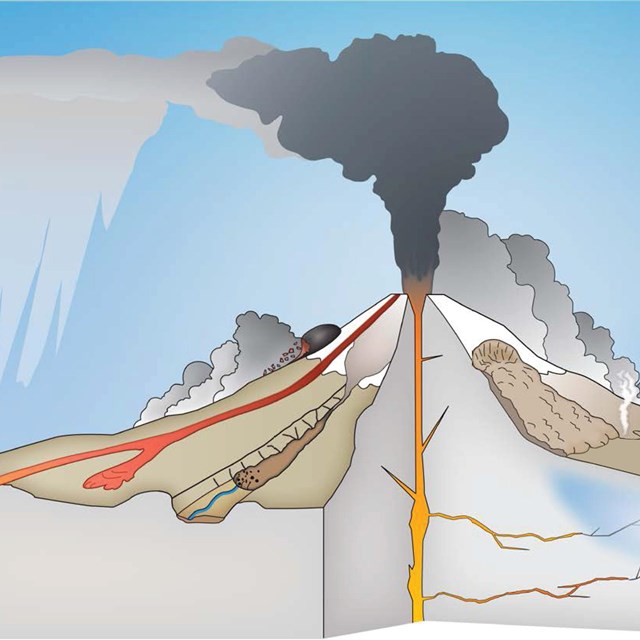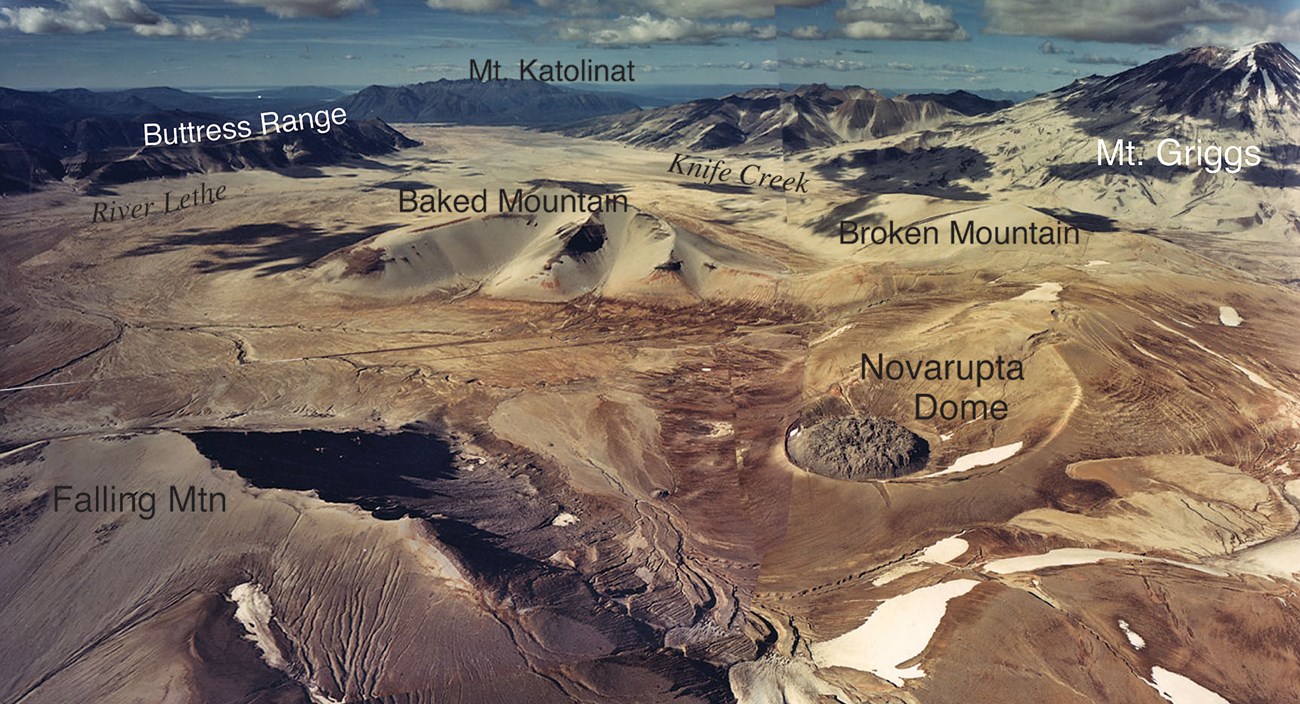
USGS photo, California Volcano Observatory.
Introduction
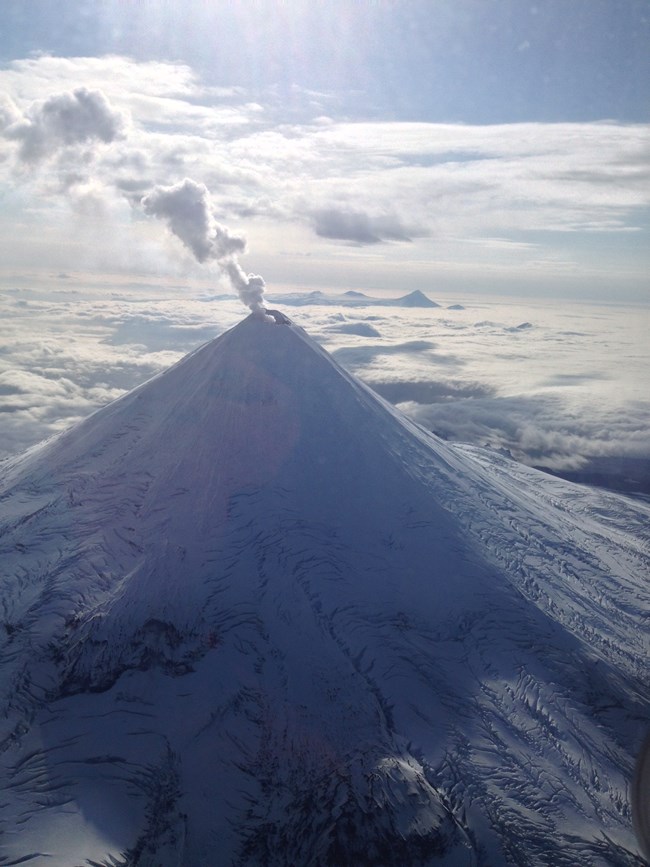
Photograph courtesy of AMT2 Joseph Korpiewski, U.S. Coast Guard.
Volcanoes are diverse! They range from the majestic Mount Rainier, to colossal shield volcanoes like Mauna Loa (Hawai'i Volcanoes National Park), and to volcanic fields that can cover hundreds of square miles such as at Craters of the Moon National Monument.
Some volcanoes are picturesque, others less so. They vary in size from small cinder cones that stand only a few hundred feet tall to the most massive mountains on earth. Some have textbook-perfect conical shapes, and others are more irregular in form.
Some volcanoes erupt only once in eruptions that last for intervals as short as a few days or less, while others may have periods of activity that span expanses of time as great as a few million years.
Each type of volcano has a characteristic size and form, eruption type(s) and style, eruption period/longevity, rock type(s), and sets of volcanic features. There is an interplay between compositions of magmas that are erupted and the physical features of a volcano. Magma chemistry determines its physical characteristics, which in turn, control eruption dynamics and how easily lava can flow. Gas content and the rate of eruption also impact explosivity.
Some types of volcanoes tend to erupt only once (and are called monogenetic), and others erupt multiple times over their lifespan (and are called polygenetic).
Each volcano is somewhat unique, but most volcanoes can be classified into one of several types. The most well-known types of volcanoes are cinder cones, composite volcanoes (stratovolcanoes), and shield volcanoes. The illustration below provides an example of the difference in size between shield, composite, and cinder cone volcanoes.

NPS illustration by Trista Thornberry-Ehrlich (Colorado State University).
Several other types of volcanoes exist and are part of the diversity of volcanic landforms found on land. Examples of these volcanoes are also found in national parks, including some of the most notable volcano parks. For example, Lassen Peak in Lassen Volcanic National Park is a dome, and Crater Lake is a caldera in Crater Lake in Crater Lake National Park.
Sometimes complex (or compound) volcanoes form when multiple volcanic centers in close proximity intermingle with one another to form a landmass that may have multiple vents, summits, and complicated eruption histories. Trident Volcano in Katmai National Park is a complex volcano.
The Three Classic Types of Volcanoes
Other Types of Volcanoes
Volcano types in units of the National Park System
Click here to see which national park areas contain cinder cones, shield volcanoes, and other types of volcanoes.
Eruption Histories and Landforms
Monogenetic Versus Polygenetic Volcanoes
These terms refer to how many times different types of volcanoes typically erupt.
- Monogenetic volcanoes usually only erupt once. Cinder cones, maars, tuff rings, and domes are usually monogenetic.
- Polygenetic volcanoes experience multiple eruptions. Composite volcanoes, shield volcanoes, and calderas are polygenetic.
As a general rule, polygenetic volcanoes are larger than monogenetic ones.
The terms are formed from the prefixes “mono-” (one) and “poly-” (many), and the sufix “-genetic” from the Greek word for origin.
Constructional Versus Excavational Volcanoes
These terms generally describe the volcanic landform types.
- Constructional volcanoes are topographic highs and are built by eruptions that build volcanic edifices. Cinder cones, composite volcanoes, and shield volcanoes are constructional.
- Excavational volcanoes have negative relief (below the general land surface). They form from either violent blasts or from collapse over a magma chamber. Maars, tuff rings, and calderas are excavational.
Table 1. Volcano types with corresponding typical eruption history and landform
|
Volcano Type |
Monogenetic |
Polygenetic |
Constructional |
Excavational |
|
Cinder Cone |
XXXX |
|
XXXX |
|
|
Composite Volcano |
|
XXXX | XXXX |
|
|
Shield Volcano |
|
XXXX | XXXX |
|
|
Dome |
XXXX |
|
XXXX |
|
|
Maar & Tuff Ring |
XXXX |
|
|
XXXX |
|
Caldera |
|
XXXX |
|
XXXX |
Fissure volcanoes and monogenetic volcanic fields do not fit neatly into this table. The individual vents and volcanoes in monogenetic fields each only experience a single eruption, but the fields themselves are polygenetic as they experience multiple eruptions. Fissure volcanoes are essentially neither constructional nor excavational. They do not build edifices or experience explosive eruptions that form craters or experience subsidence.
Last updated: December 12, 2022


